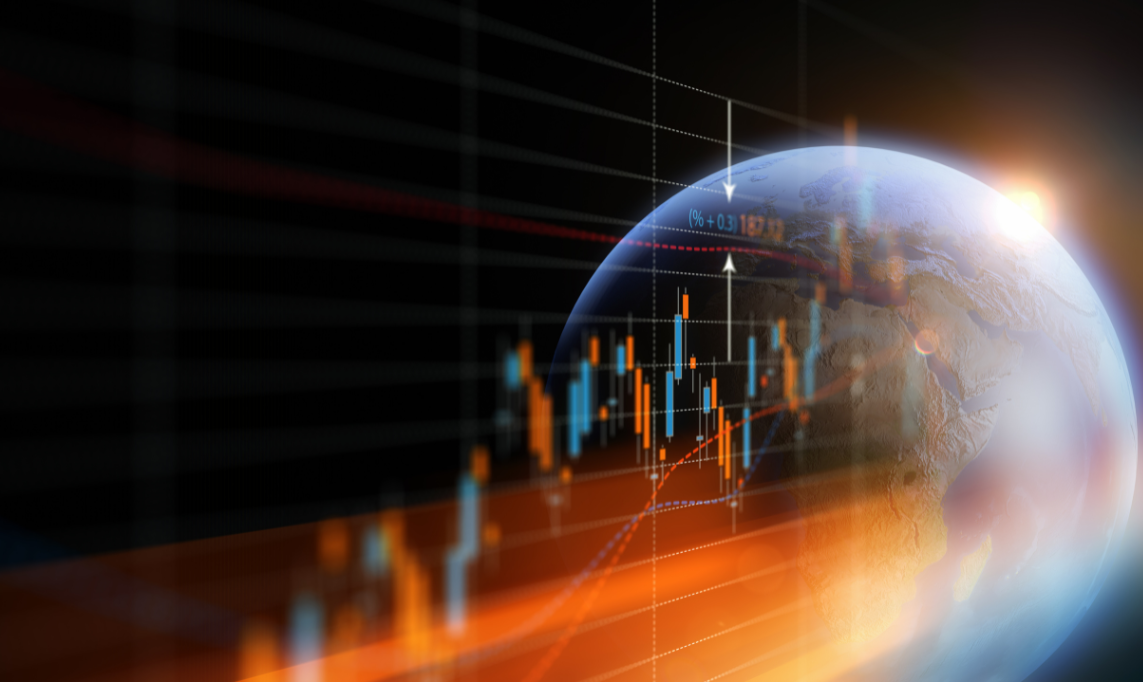"It is very likely," Cominotto continues, "that the sideways/descending trend seen in the second phase of 2022 may continue in 2023 as a result of the increasingly evident signs of a slowdown in the global economy." At the sector level, Banca Generali's head of Active Asset Management says he expects "an underperformance of the energy sector while the defensive characteristics of the agricultural commodities sector and gold could cause both to perform better than the overall index." At the current stage, however, there remains as a risk factor (bullish when it comes to commodities) that of a further aggravation or widening of the war environment in Ukraine.
War events have also affected the currency market. The year 2022 was the year of the U.S. dollar, driven first by its traditional role as a "safe haven" (i.e., refuge) in geopolitical and military crises (such as the one in Ukraine) and then by the greater relative speed of the Federal Reserve (the U.S. central bank) compared to other central banks in carrying out the maneuver of readjusting interest rates to the changed global inflationary environment.
The strength of the U.S. currency was expressed against all major currencies, European or Asian, and led the U.S. dollar "trade-weighted" index to mark an increase of more than 20 percent at the end of September compared to levels at the beginning of 2022; on the other hand, a bearish phase began for the dollar from the start of the fourth quarter, mainly due to the stabilization around 5 percent of market expectations regarding the Fed Funds target interest rate at the end of the current monetary policy cycle.
Particularly weak in the year were the two major Asian currencies namely the Japanese Yen and the Chinese Renmimbi; in the first case, it negatively affected the currency that the Bank of Japan, the only one among the major central banks of developed countries, did not, with the exception of the last meeting of the year, change its policy of zero rates and curve control (0-0.25 percent from short maturities up to 10 years) while in the second case it was mainly the Chinese government's anti-Covid austerity that weighed on the currency with the consequent repeated freezes on economic activities, spotty throughout the country.
 Corrado Cominotto, responsabile Gestioni Patrimoniali attive di Banca Generali
Corrado Cominotto, responsabile Gestioni Patrimoniali attive di Banca Generali



